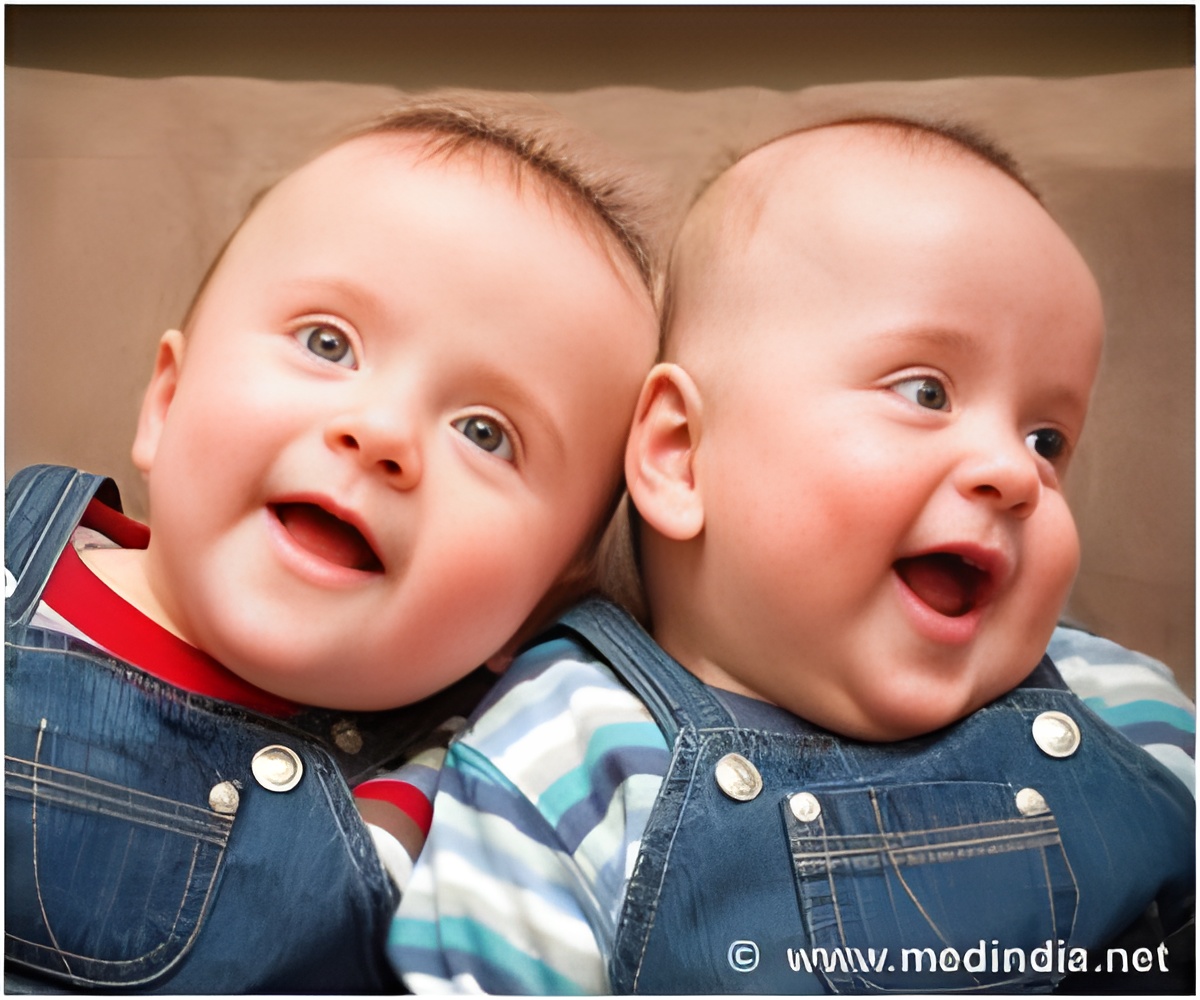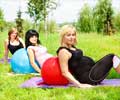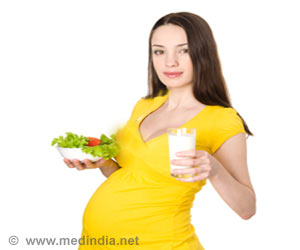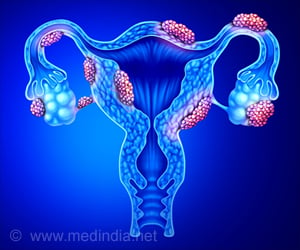Fertility treatment progress and a drift toward later-life childbirth are stimulating birth of twins in the United States, where one in 30 babies is a twin, according to US data.

The overall birth rate of twins surged 76 percent over the last 30 years, going from 1.9 percent of all births to 3.3 percent.
That means one in every 30 US babies is a twin, compared to one in 53 in 1980.
Over the last three decades, twin birth rates rose in every state, by nearly 100 percent among women aged 35-39 and more than 200 percent among women aged 40 and over, it said.
Women in their 30s tend to have higher rates of "spontaneous twinning," or becoming pregnant with twins without the use of fertility therapy, than younger women.
But older mothers are not solely responsible for the surge in twin births, making up only about a third of the rise in the past 30 years.
Advertisement
The rate of twin births doubled among white mothers in the last 30 years, rose by about one-half among black mothers and by one-third among Hispanic mothers.
Advertisement
Source-AFP















